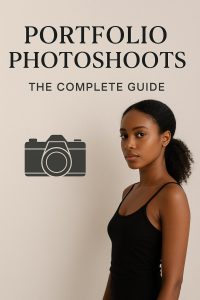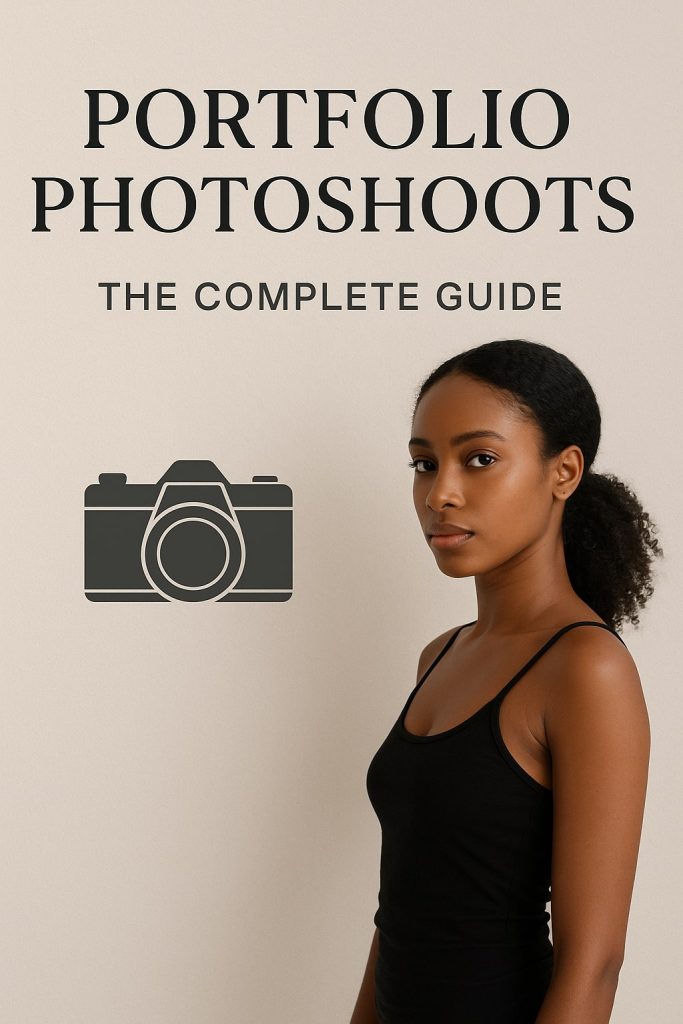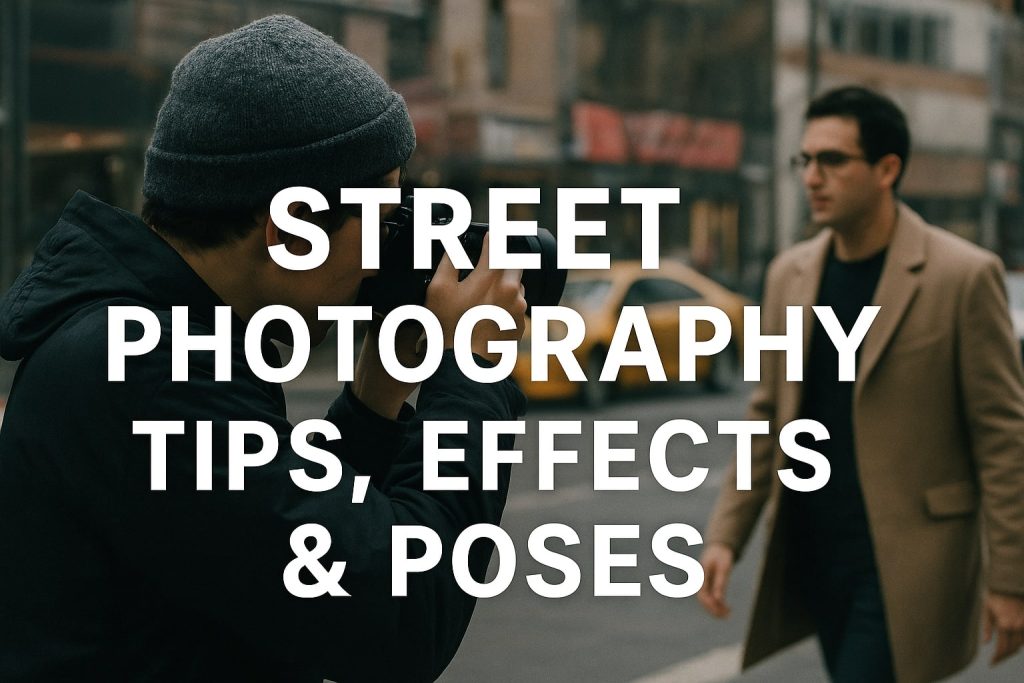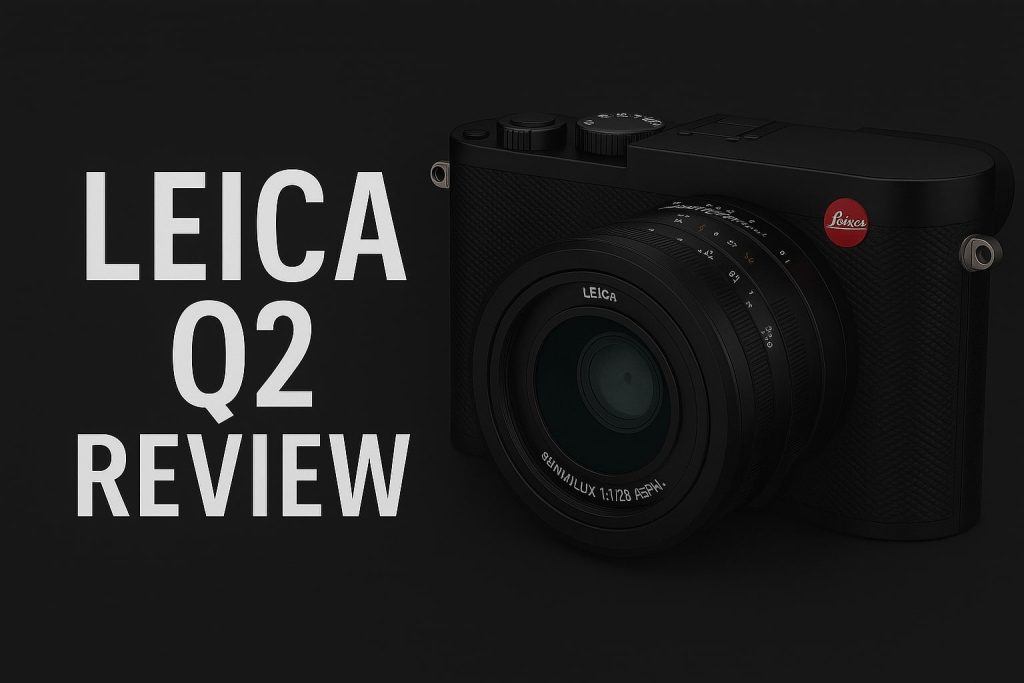Embarking on a travel photography trip is more than just a journey to new destinations—it’s an opportunity to capture the beauty of diverse cultures, breathtaking landscapes, and unforgettable moments. With the right planning and preparation, a travel photography trip can yield a stunning portfolio of images that tell a unique story.
In this guide, we’ll walk you through every step of planning the perfect travel photography trip. From research and gear selection to on-location tips and post-processing, this comprehensive blog will help you create a seamless and rewarding experience.
1. Why Plan Your Travel Photography Trip?
Capturing Authentic Experiences
Travel photography is not just about stunning landscapes but also about telling stories that resonate. Careful planning helps you:
- Capture authentic moments that reflect the spirit of a place.
- Document experiences that go beyond surface-level tourism.
- Build a cohesive collection of images that narrate your journey.
Maximizing Your Time
An unplanned trip can lead to missed opportunities. Proper preparation ensures you:
- Visit the best locations during optimal times.
- Avoid rushing and dedicate time to perfecting your shots.
- Balance exploration with photography without feeling overwhelmed.
Setting Yourself Apart as a Photographer
In a world saturated with travel imagery, thoughtful planning helps you create unique and impactful photos that stand out.
2. Researching Your Destination
Choosing the Right Location
The first step in planning is selecting a destination that aligns with your photography goals. Consider:
- Landscape Photography: Mountains, beaches, or deserts.
- Urban Photography: Bustling cities, historical architecture, or street art.
- Cultural Photography: Festivals, markets, or traditional ceremonies.
Understanding the Culture
Cultural sensitivity is vital in travel photography. Research the local customs, traditions, and social norms to ensure respectful interactions and authentic storytelling.

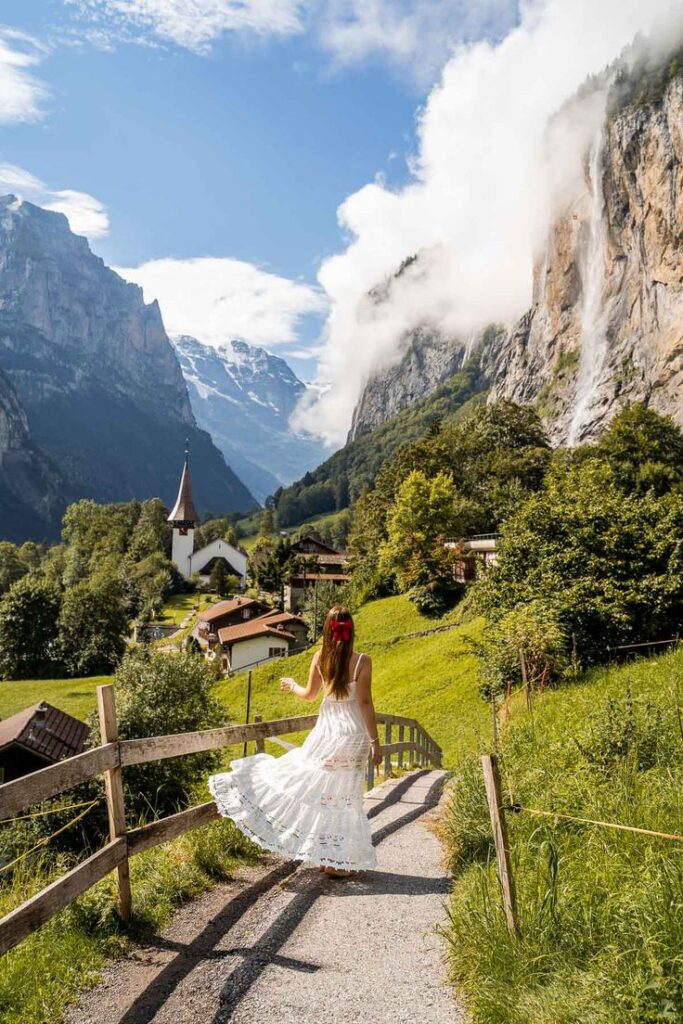
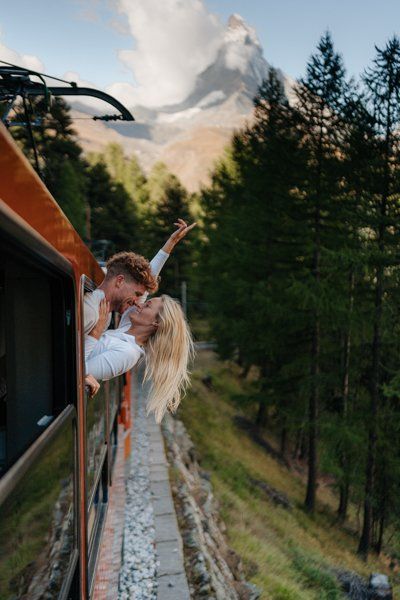
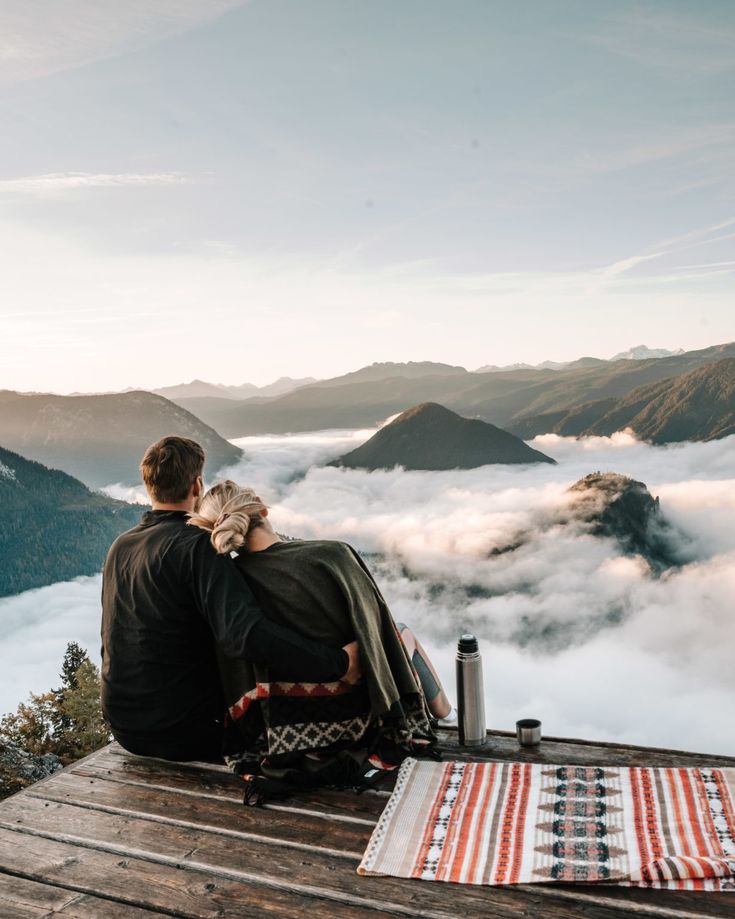


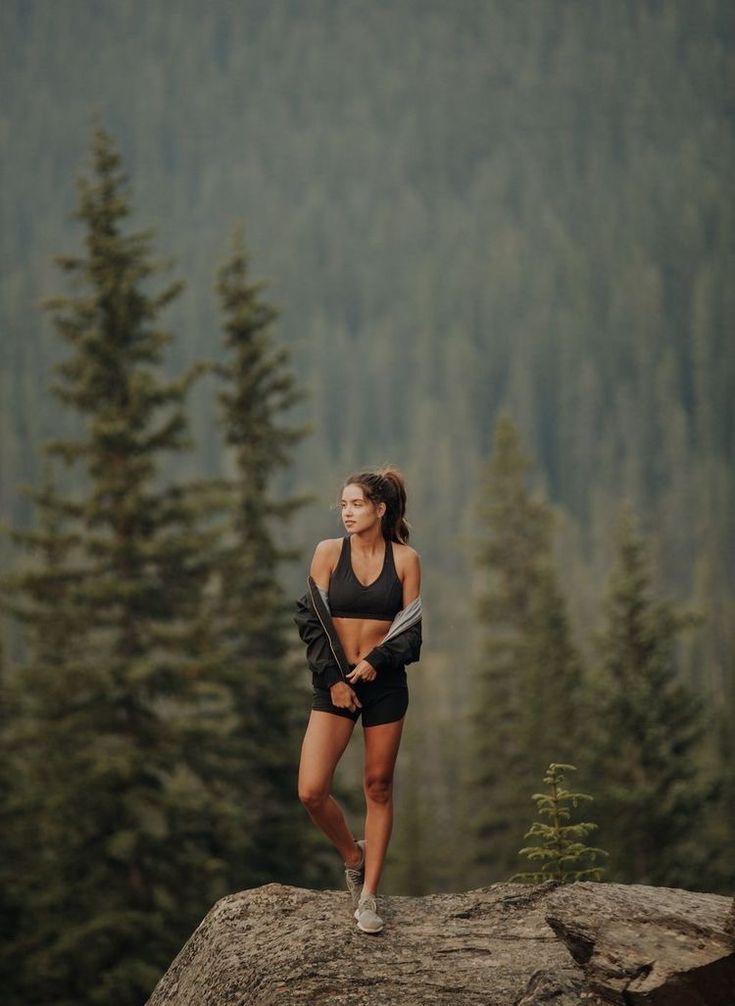

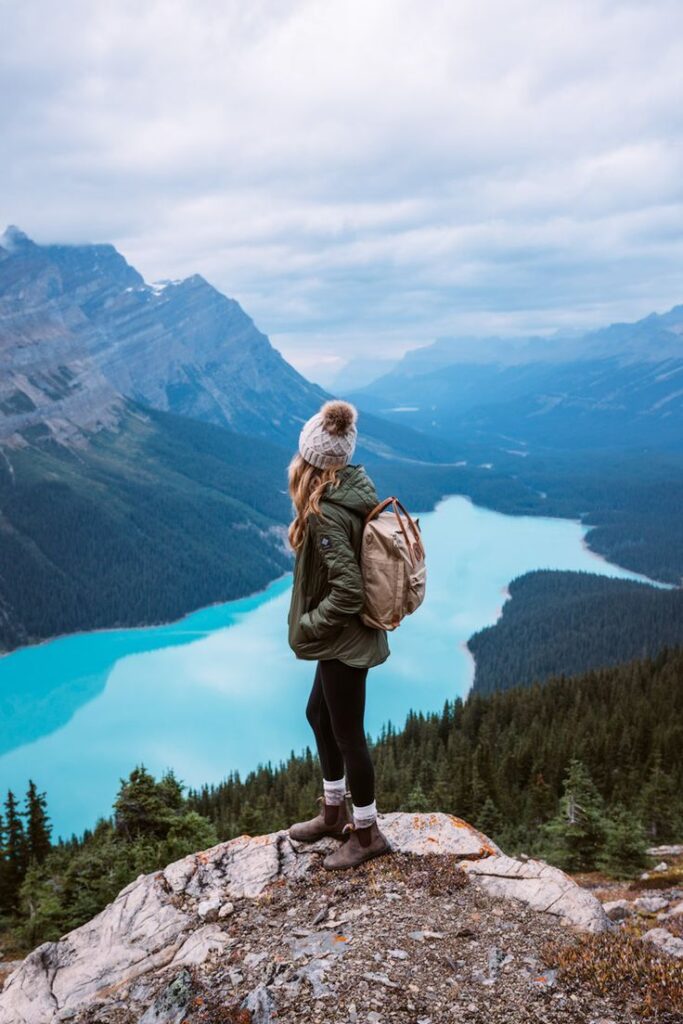
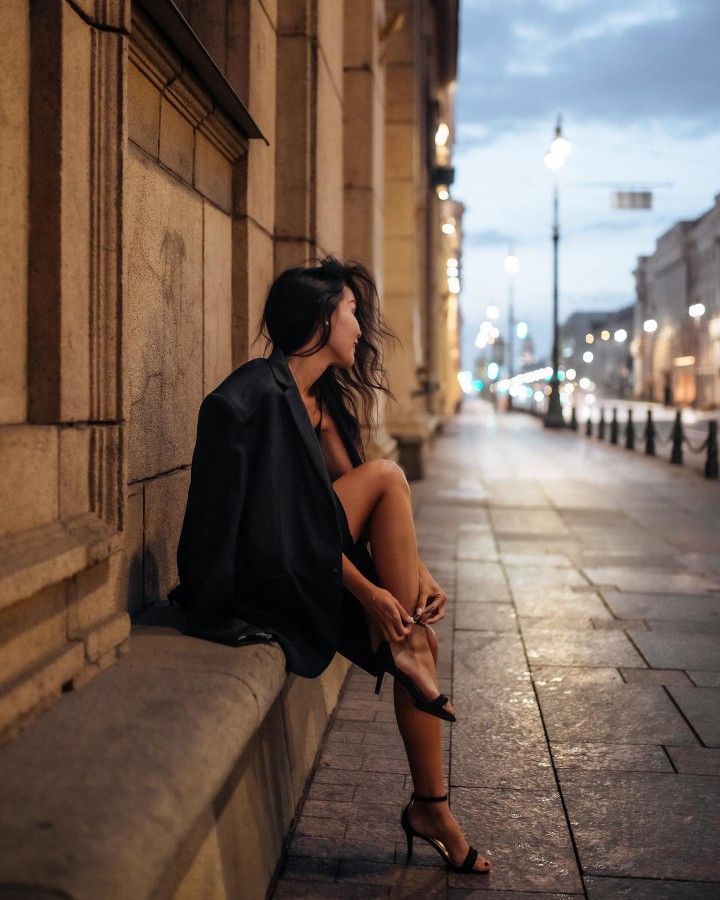
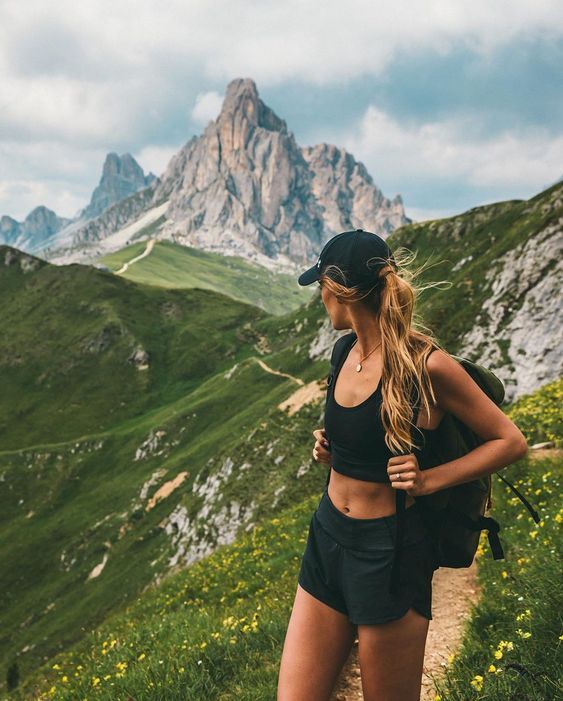
Weather and Timing
Weather and time of year can significantly impact your photos. For example:
- Plan for the golden hour to capture soft, warm lighting.
- Check seasonal weather patterns to prepare for rain, snow, or sunshine.
- Research festival dates or natural events like cherry blossoms or migrations.
Local Laws and Photography Rules
Be aware of any restrictions on photography, such as:
- Permit requirements for drone usage or professional equipment.
- Guidelines for photographing historical sites or sacred places.
- Laws regarding privacy when photographing people.
3. Packing for Your Travel Photography Trip
Essential Camera Gear
Travel photography requires a balance between carrying enough gear and traveling light. Essential items include:
- Camera Body: Choose a versatile and reliable DSLR or mirrorless camera.
- Lenses: Pack a wide-angle lens for landscapes, a prime lens for portraits, and a telephoto lens for distant subjects.
- Tripod: A lightweight, compact tripod for stability during low-light or long-exposure shots.
- Filters: Polarizing filters for vibrant skies and ND filters for dynamic water shots.
Accessories for Efficiency
- Extra batteries and memory cards for uninterrupted shooting.
- A cleaning kit to maintain your gear in challenging environments.
- A weatherproof camera bag for protection.
Personal Essentials
Your comfort is just as important as your gear. Bring:
- Comfortable, weather-appropriate clothing and sturdy shoes.
- A travel adapter and portable charger for your devices.
- Snacks, water, and a small first-aid kit for long outings.
4. Creating a Photography Itinerary
Prioritize Key Locations
Research and list the must-visit spots for your destination. Use travel guides, photography blogs, and social media for inspiration.
Plan for Flexibility
Allow room for spontaneity in your itinerary. Unexpected moments and hidden gems often yield the best photos.
Factor in Lighting Conditions
The time of day can drastically affect your shots. Plan visits to:
- Landscapes during sunrise or sunset for softer lighting.
- Crowded places in the early morning to avoid tourists.
- Night scenes with proper gear for long exposures.
Allow for Rest and Exploration
Balancing your schedule with downtime helps you avoid burnout and leaves room for unplanned adventures.
5. Capturing Bold and Authentic Shots
Engage with the Environment
Immerse yourself in the location and interact with locals. This helps you:
- Understand their stories and capture authentic portraits.
- Find lesser-known spots that are off the tourist trail.
Experiment with Angles and Perspectives
Challenge traditional framing by:
- Shooting from high or low angles for dynamic compositions.
- Incorporating reflections, shadows, or leading lines.
- Using foreground elements to add depth.
Incorporate Movement
Capture the energy of a place by focusing on motion, such as:
- People walking in bustling markets.
- Flowing rivers or crashing waves.
- Street performers or cultural dances.
Practice Patience
Great shots often require time and observation. Wait for the perfect lighting, weather, or moment to capture the essence of your subject.
6. Managing Challenges on a Travel Photography Trip
Dealing with Crowds
- Visit popular spots during off-peak hours.
- Use long-exposure techniques to blur crowds and emphasize stillness.
- Look for alternative vantage points to avoid common angles.
Handling Adverse Weather
- Embrace rain, snow, or fog to create moody, atmospheric shots.
- Protect your gear with rain covers or waterproof cases.
- Adapt your plan to indoor locations like museums or markets.
Staying Safe
- Always back up your photos to a portable hard drive or cloud storage.
- Keep your gear secure, especially in crowded or remote areas.
- Stay aware of your surroundings to avoid accidents or theft.
7. Post-Processing and Storytelling
Editing for Impact
Post-processing enhances your images and allows your vision to come to life. Key steps include:
- Adjusting exposure, contrast, and saturation for balanced tones.
- Correcting lens distortions or cropping for better composition.
- Using selective edits to highlight your subject.
Curating a Narrative
A travel photography trip is not just about individual shots but about telling a cohesive story. Select images that:
- Highlight the diversity of your destination.
- Show a mix of landscapes, portraits, and candid moments.
- Reflect the journey from start to finish.
8. Inspiring Examples of Travel Photography Trips
Famous Travel Photographers
- Steve McCurry: Known for his iconic portraits and vivid storytelling.
- Annie Griffiths: Celebrated for her cultural and environmental images.
- Sebastião Salgado: Renowned for his powerful black-and-white landscapes.
Learning from Their Work
Study their compositions, use of light, and ability to convey emotion. Apply these techniques to your own travel photography.
9. Building Your Travel Photography Portfolio
Showcasing Your Work
Once your trip is complete, share your images through:
- A personal website or blog.
- Social media platforms like Instagram or Pinterest.
- Online galleries or photography competitions.
Connecting with Your Audience
Engage your audience by sharing the stories behind your photos, the challenges you faced, and the moments that made your trip memorable.
10. Conclusion
A successful travel photography trip is a harmonious blend of meticulous planning, creative execution, and storytelling. From researching your destination to capturing bold, authentic images, each step plays a crucial role in creating a meaningful experience.
By immersing yourself in the culture, embracing challenges, and experimenting with techniques, you’ll return with more than just photos—you’ll have a collection of memories and stories that inspire and captivate. So pack your bags, grab your gear, and embark on a journey that transforms how you see the world through your lens.

Mobile Photography Hacks: Candid Moments with Your Phone
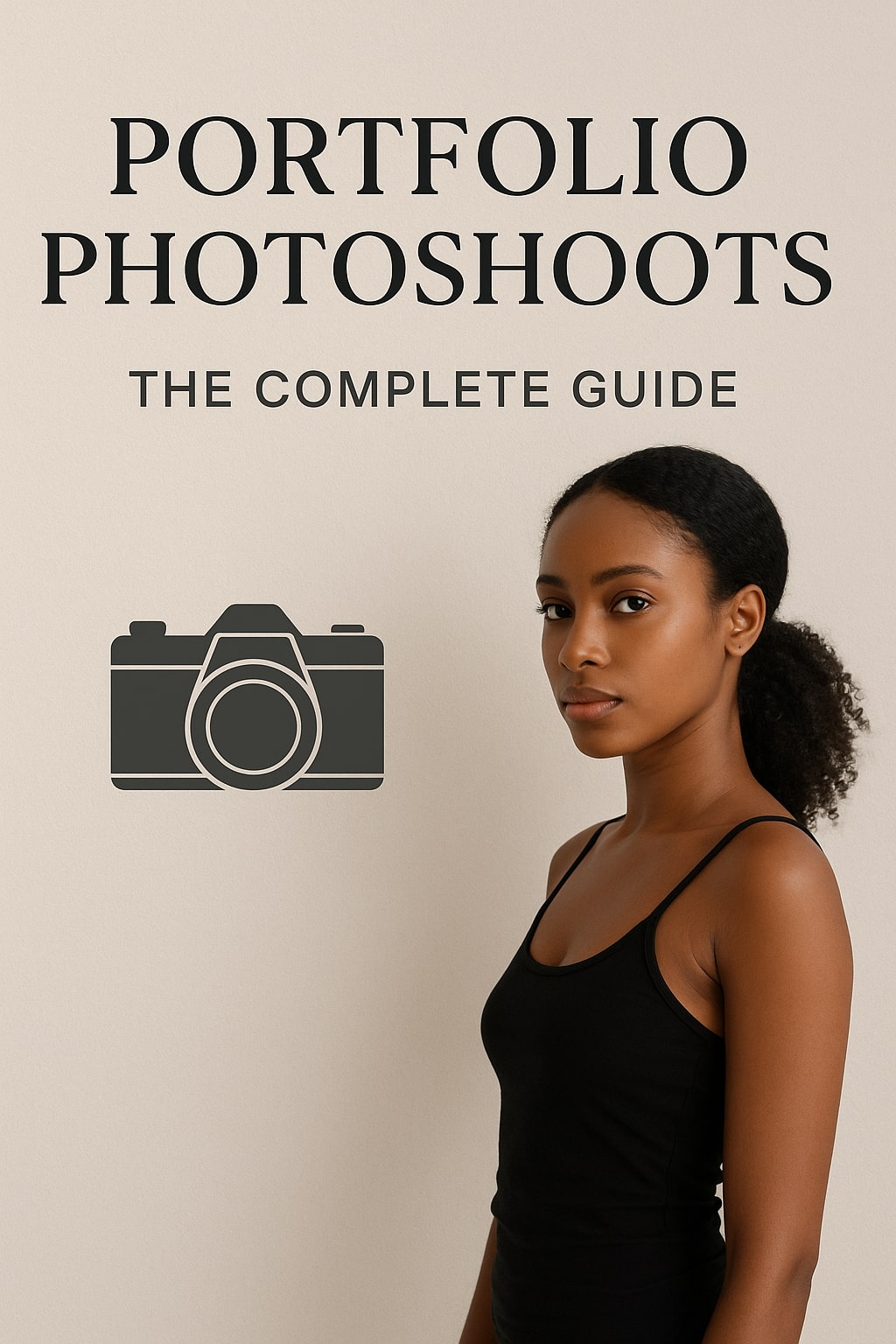
Professional Model & Portfolio Photoshoots: Show Your Best Work
-
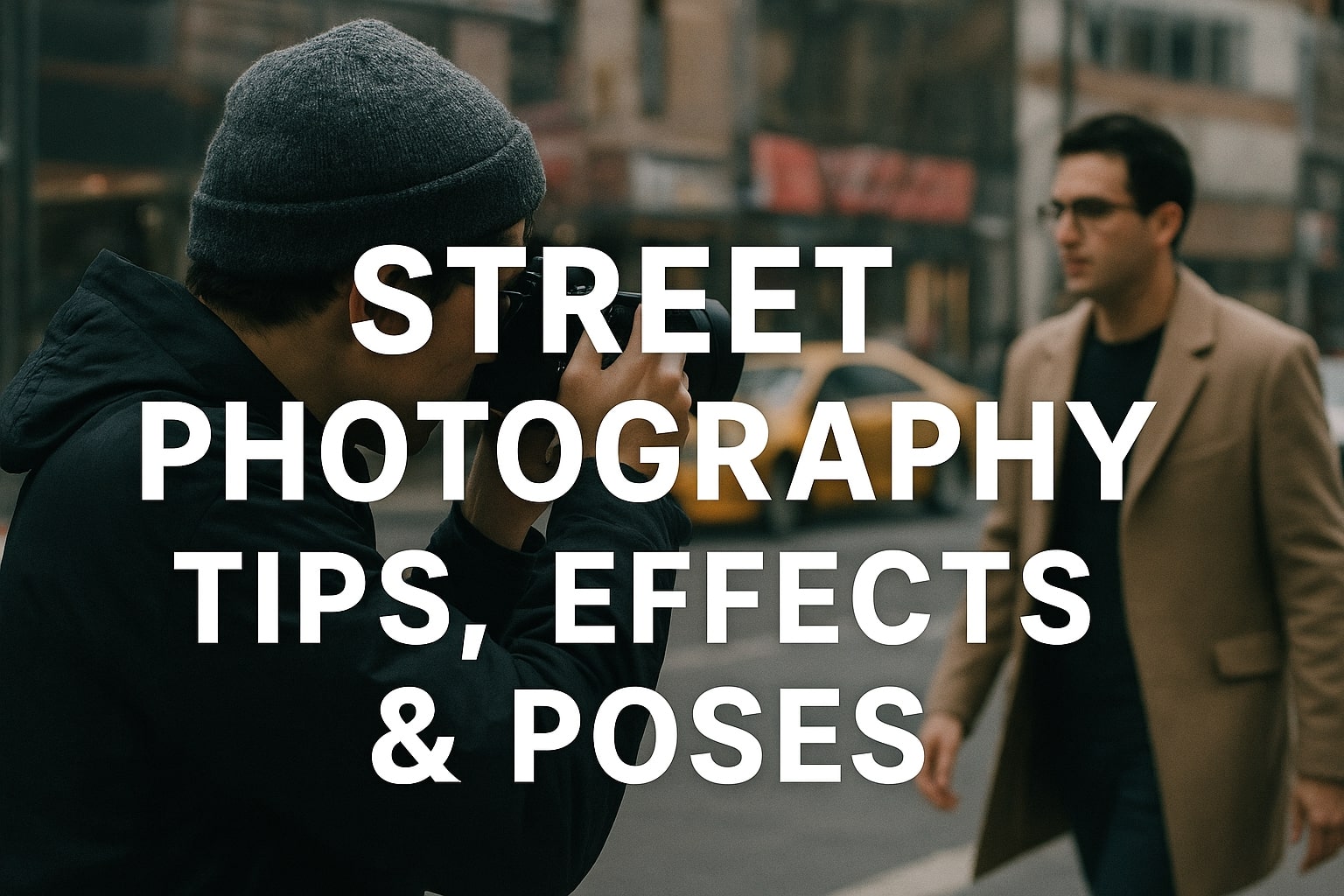
Street Photography Tips, Effects & Poses – Complete Guide
-

Leica Q2 for Photography: Why It’s Loved by Photographers
Mobile Photography Hacks: Candid Moments with Your Phone
Discover high-impact mobile photography hacks to capture genuine, gorgeous candid moments with your phone. Learn practical tips, composition secrets, and pro techniques to turn everyday scenes into stunning visual stories. Introduction: The New Age of Mobile Photography Photography has evolved beyond heavy cameras, technical jargon, and expensive equipment. Today, the power to capture extraordinary moments
Professional Model & Portfolio Photoshoots: Show Your Best Work
” Discover how to plan, style, and execute stunning portfolio photoshoots that showcase your skills, personality, and versatility. This comprehensive guide covers professional tips, posing ideas, gear suggestions, and industry insights for models and photographers.” Introduction – Why Portfolio Photoshoots Are the Cornerstone of a Photographer’s Career A well-crafted portfolio photoshoot is more than a
Street Photography Tips, Effects & Poses – Complete Guide
Discover the ultimate guide to Street Photography with expert tips, creative effects, and dynamic poses. Learn how to capture authentic urban moments, master composition, and tell powerful visual stories through your lens. Article Outline 1. Introduction to Street Photography Street Photography is more than just taking pictures of people in public spaces — it’s about
Leica Q2 for Photography: Why It’s Loved by Photographers
Introduction: The Cult Status of the Leica Q2 The Leica Q2 is not just a camera—it’s a statement. Combining the heritage of German precision engineering with modern digital excellence, it holds a special place in the hearts of professional and passionate photographers alike. With its full-frame sensor, prime Summilux lens, and minimalist design, the Q2
Top Cameras Under ₹1 Lakh for Freelance Photography
Freelance photography is no longer a niche—it’s a booming creative profession that demands not only vision and hustle but also the right gear. Your camera isn’t just a tool; it’s your storytelling partner. If you’re a freelance photographer aiming to balance performance, versatility, and budget, investing in a cameras under ₹1 lakh can offer the
Top Features of Nikon D850 That Make It Ideal for Photoshoots
Explore the top features of the Nikon D850 that make it a powerhouse for photoshoots. From exceptional resolution to dynamic range, this detailed Nikon D850 guide is built for professional and aspiring photographers. 1. Introduction When Nikon launched the D850, it quickly earned a reputation as a flagship DSLR that redefined what photographers could expect

